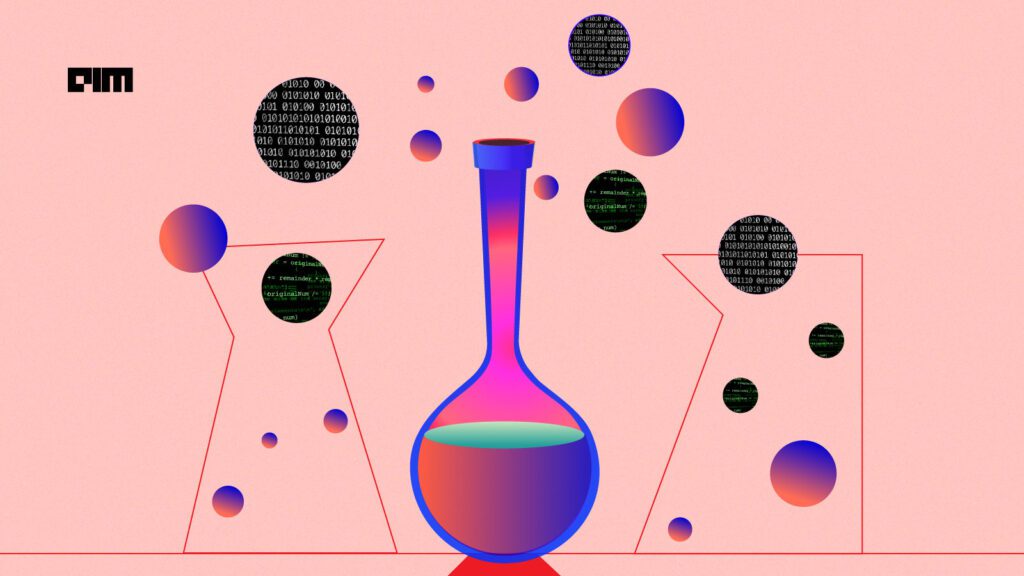The way of conceiving scientific research is evolving. AI has moved from being a passive tool to being an active collaborator in the scientific process. A investigation revealed that LLMs are becoming an essential tool for doctoral students in their research.
“In the next few years, we will get to the point where we will have an AI scientist. You will then be able to apply a much faster pace of scientific progress. » said venture capitalist Vinod Khosla in a recent interview while talking about the potential of AI in scientific discovery.
This vision is already taking shape. In a new studyStanford researchers introduced the concept of a “virtual laboratory,” an AI-human collaboration framework designed for interdisciplinary scientific research, in this case, the design and validation of novel nanobodies for SARS-CoV-2.
This system employs a team of large language model (LLM) agents, each specialized in various domains, to help human researchers solve scientific problems.
Built in Python, it uses GPT-4o as the default LLM but supports easy replacement with other models, unlike other search frameworks like ChemCrow And Coscientistwhich rely on fixed or predefined LLM agents.
In such a structure, agents do more than just perform calculations. They participate in discussions, propose solutions, and critically evaluate results, making them more than just tools in the scientific process.
Inside the Virtual Lab
The multi-agent AI architecture described in this research is designed to mimic an interdisciplinary team of scientists. The workflow begins with defining the roles of AI agents such as principal investigators (PIs), science agents, and a science reviewer. Research progresses through structured “team meetings” for broad discussions and “individual meetings” for specific tasks.
AI agents discuss, critique, and refine their ideas collaboratively, using tools like AlphaFold, Rosetta, and machine learning models to design nanobodies for SARS-CoV-2 variants. The human researcher establishes programs and integrates results, streamlining complex, interdisciplinary research with the help of AI.
A “scientific reviewer” agent ensures rigorous evaluation, improving the robustness of results, while the “principal investigator” agent synthesizes contributions, simulates leadership, and overcomes challenges in coordinating knowledge across fields.
“Virtual Lab LLM Agents are an extremely useful resource for generating research ideas and experimental workflows, as well as code for research projects. But it is up to the human researcher to double-check the validity of the decisions made by LLM agents. Kyle Swansonresearcher at Stanford and co-author of this study, said AIMcommenting on the importance of the human in the circuit for such experiments, at least currently.
Although LLM agents are valuable for generating research ideas, workflows, and code, researchers must verify their correctness because they are capable of hallucinations and errors.
Swanson explained that while using multiple agents and a scientific reviewer can help spot errors, this method is not foolproof because all agents can make the same mistake. He also noted that offering additional context, such as relevant research materials, can help reduce hallucinations, but will not eliminate them completely.
The future of interdisciplinary scientific discovery
Recent from Google DeepMind essay also highlights the growing role of AI in science. AI accelerates knowledge sharing with LLMs, helps generate and label data (such as predicting protein functions), and stimulates research, it says.
Tools like AlphaProof and AlphaGeometry 2 solve difficult problems in drug design and algorithm optimization. In May 2024, DeepMind released AlphaFold 3, a revolutionary open source protein folding model that predicts with 50% greater accuracy. Demis Hassabis and John M Jumper, two Google DeepMind scientists, have been awarded the 2024 Nobel Prize in Chemistry for AlphaFold2.
This Stanford study references Jumper’s AlphaFold 2 article as an illustration of interdisciplinary research. It highlights how modern scientific research involves large and diverse teams, demonstrating the collaborative nature of complex scientific research.
Beyond the virtual laboratory
Interestingly, the virtual laboratory architecture can be extended to other areas of drug discovery and materials science through broader agent expertise. It is designed to be easily adaptable to a wide range of scientific applications and its core elements are domain independent.
“We hope the virtual lab will continue to improve as the underlying LLMs improve,” said Kyle. “We also hope to integrate more tools to give it more capabilities,” he added, suggesting improvements such as optimizing Internet searches or access to GitHub repositories, which could help it to acquire new knowledge and use tools beyond their training.
Experiences like these democratize access to basic knowledge. The virtual laboratory designed 92 candidate nanobodies in four cycles, which were then validated experimentally. This efficiency shows how resource-constrained settings can achieve impactful results through AI collaboration.


